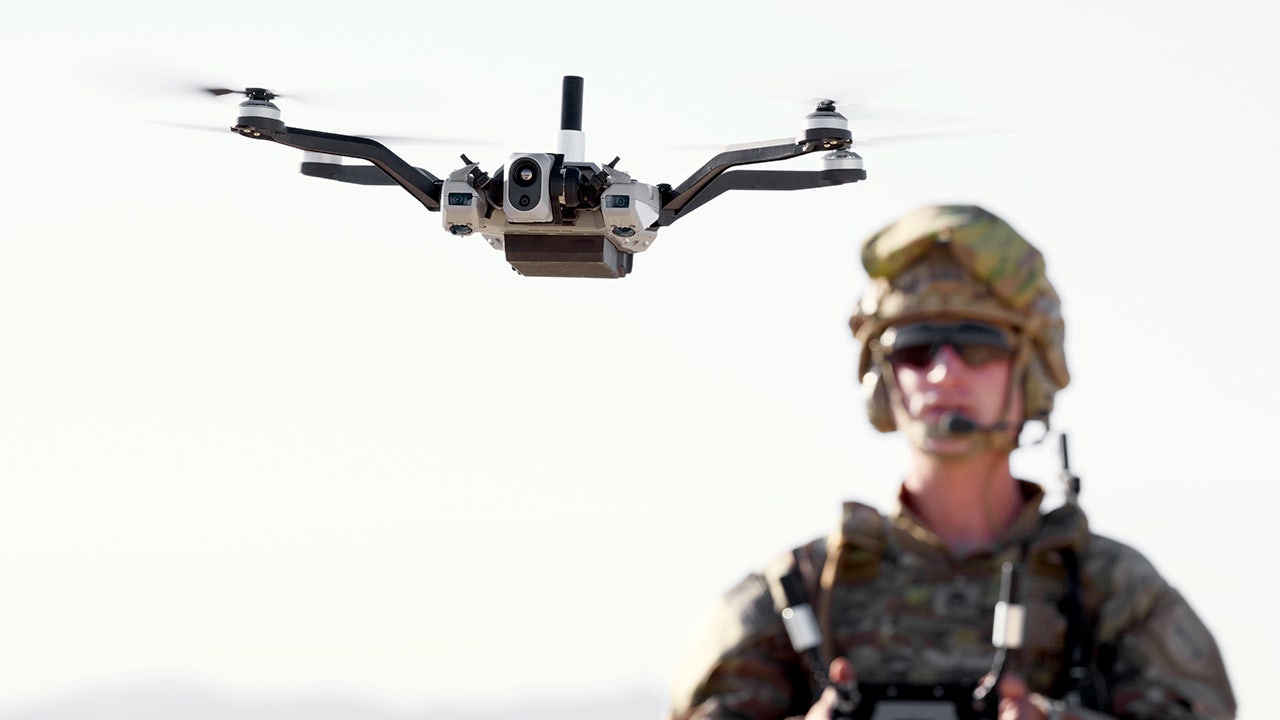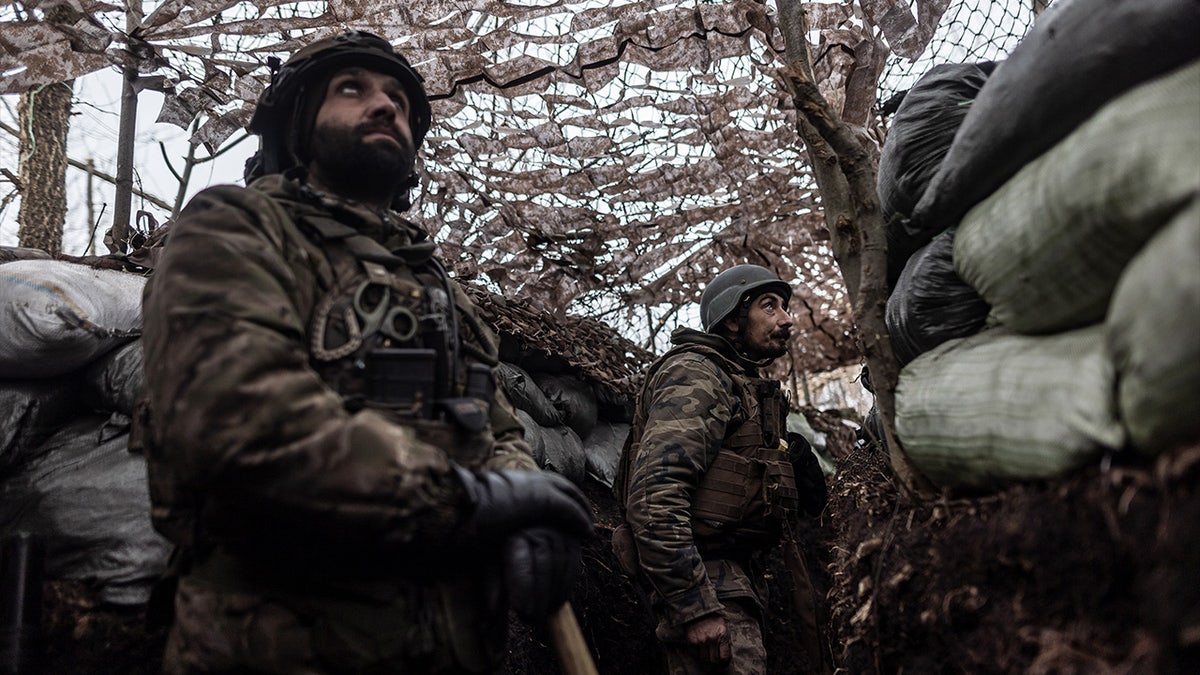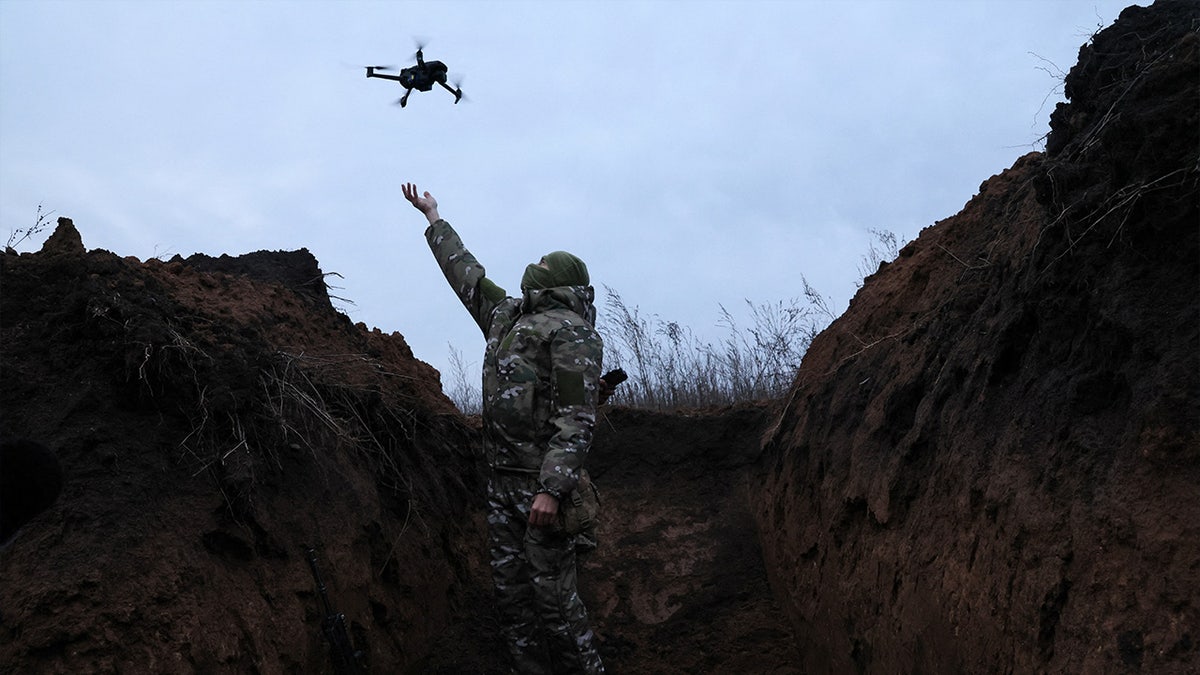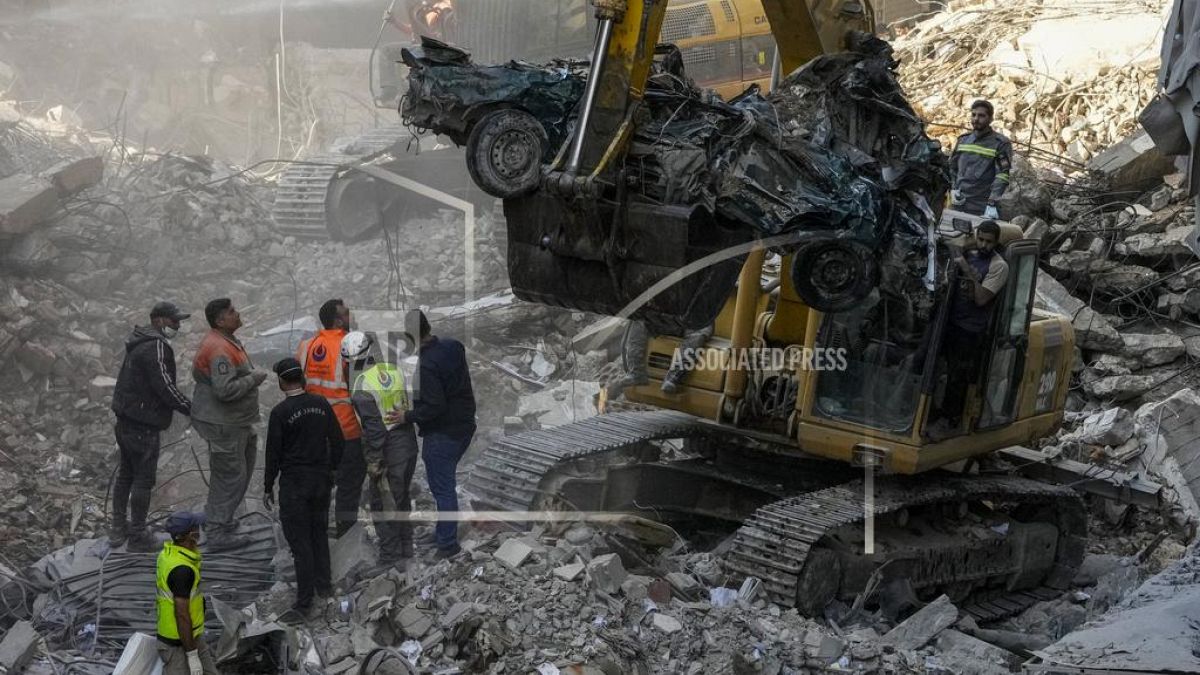World
Brussels, My Love? Draft EU nature law survives major hurdle

In this edition of Brussels, My Love?, we discuss the closely-watched vote on the Nature Restoration Law, which would work to rehabilitate damaged ecosystems.
This week we were joined by Mohammed Chahim, Dutch MEP from the Socialists, Silvia Modig, Finnish MEP from the Left, and Peter Liese, German MEP from the centre-right European People’s Party.
The Nature Restoration Law was proposed over a year ago and after a tense tug-of-war between political parties in the European Parliament, it finally passed this week, but narrowly: 336 MEPs voted in favour, 300 against, and 13 abstained.
Silvia Modig voted for the law and emphasized her mixed emotions over the results. “You cannot build a house without building a foundation for it,” she said. “I’m very happy that the rejection (of the law) failed, and we have a text which we will try to improve in the trialogues, but the text became a lot weaker.”
Peter Liese, from the EPP, voted against this law and said it was for his mainly rural constituency. “Ninety per cent of my people, not only farmers, mayors, forest owners, people that have hydropower, they say, what are you doing here? You know, 80% of our nature is in bad circumstances. When I go with people in my constituency, they don’t see this,” he said.
He continued to say that the perception of “bad circumstance” is an issue- calling out the Brussels bubble for not understanding the perspective of those who live in rural landscapes.
Modig disagreed with this point and slammed the EPP’s campaign against the legislation. “Do you know why the perception is so different? Because the EPP has been spreading misinformation,” she said.
Mohammed Chahim had a similar belief. “If you go to people and tell them this is a bad law over and over again, they of course believe that it’s a bad law,” he said.
“We need to listen to experts,” he added. “Not people looking at grasslands and say how nice and green that they look”.
Liese did agree with his colleagues on the EPP’s campaign. “To be honest, it is true that some of the tweets that EPP people made are exaggerated,” he said.
Panelists also discussed the EU Chips Act which aspires to turn the continent into a manufacturing hub for cutting-edge technology and reduce dependencies on third countries as well as the impact of tourism on the environment.
Watch ‘Brussels, My Love?’ in the player above for more.

World
NATO head and Trump meet in Florida for talks on global security
BRUSSELS (AP) — U.S. President-elect Donald Trump and the head of NATO have met for talks on global security, the military alliance said Saturday.
In a brief statement, NATO said Trump and its secretary general, Mark Rutte, met on Friday in Palm Beach, Florida.
“They discussed the range of global security issues facing the Alliance,” the statement said without giving details.
It appeared to be Rutte’s first meeting with Trump since his Nov. 5 election. Rutte had previously congratulated Trump and said “his leadership will again be key to keeping our Alliance strong” and that he looked forward to working with him.
Trump has for years expressed skepticism about the Western alliance and complained about the defense spending of many of its member nations, which he regarded as too low. He depicted NATO allies as leeches on the U.S. military and openly questioned the value of the alliance that has defined American foreign policy for decades. He threatened not to defend NATO members that fail to meet defense-spending goals.
Rutte and his team also met Trump’s pick as national security adviser, U.S. Rep. Michael Waltz, and other members of the president-elect’s national security team, the NATO statement said.
Rutte took over at the helm of NATO in October.
World
US scrambles as drones shape the landscape of war: 'the future is here'

FIRST ON FOX: The U.S. Army this week took steps to advance American military capabilities by ordering close to 12,000 surveillance drones small enough to fit in a backpack as the reality of battle shifts in favor of electronic warfare.
Conflicts around the globe, particularly the war in Ukraine, have drastically changed how major nations think about conducting war, explained drone expert and former U.S. Army intelligence and special operations soldier Brett Velicovich to Fox News Digital.
The nearly three-year-long war in Ukraine has often depicted scenes not witnessed since World War II, with children loaded onto trains, veins of trenches scarring the eastern front and renewed concern over how the geopolitics of this conflict could ensnare the entire Western world.
1,000 DAYS OF WAR IN UKRAINE AS ZELENSKYY DOUBLES DOWN ON AERIAL OPTIONS WITH ATACMS, DRONES AND MISSILES
A UJ-22 Airborne (UkrJet) reconnaissance drone prepares to land during a test flight in the Kyiv region of Ukraine on Aug. 2, 2022. (Sergei Supinsky/AFP via Getty Images)
But Ukraine’s scrappy response to its often outnumbered and at times outgunned reality has completely changed how major nations look at the modern-day battlefield.
“Think about how we fought wars in the past,” Velicovich, a Fox News contributor, said, pointing to the Vietnam War. “When you were fighting the enemy over that trench line, you didn’t know who was over that hill. You saw a red hat and you fired at it.”
“Now you have the ability to see what’s over that hill and maneuver your forces quickly based on that,” he added.
A report by The Wall Street Journal this week said the U.S. Army secured potentially its largest-ever purchase of small surveillance drones from Red Cat Holding’s Utah-based Teal Drones.
This move is a significant step that the U.S. has been eyeing for more than a decade after terrorists first began employing small-drone tactics against the U.S. military in the Middle East.
According to Velicovich, who routinely visits Ukraine to advise on drone technology, the U.S. is trailing its top adversaries like Russia and China when it comes investment in drone capabilities.

Ukrainian soldiers look for a drone in a trench at their infantry position in the direction of Kupiansk, Kharkiv Oblast, Ukraine, on March 10. (Diego Herrera Carcedo/Anadolu via Getty Images)
US BRIEFED UKRAINE AHEAD OF PUTIN’S ‘EXPERIMENTAL INTERMEDIATE-RANGE BALLISTIC’ ATTACK
While the U.S. invested heavily in sophisticated systems like Predator and Reaper drones — which are multimillion-dollar systems designed for intelligence collection and lengthy navigation flight times and possess missile strike capabilities — it is the small, cheaply made unmanned aerial vehicles (UAVs) which are changing battlefield dynamics.
“These handheld, small UAS systems that you are able to take a drone with a bomb strapped to it [have become] basically an artillery shell now. It’s guided artillery shells,” Velicovich said in reference to Unmanned Aircraft Systems, which include not only the UAV, but also the controller manned from the ground. “Frankly, it’s changing how countries are going to fight wars in the future, and the U.S. has been so slow to get ahead of this.”
It has reportedly taken the U.S. Army some 15 years to start beefing up its Short Range Reconnaissance program with these backpack-sized drones, in part because there was a mental hurdle the Department of Defense needed to push through.
“It’s the mentality of senior leaders,” Velicovich explained. “These guys are hardened battle infantry guys. They didn’t grow up with fancy technology.”
“It really takes a lot of people understanding, changing their thought process. And that’s happening now because of the accelerating war in Ukraine, where they’ve seen how effective drones are,” he said, noting that drones can no longer be dismissed as gimmicks or toys of the future.
“Now it’s real. Now it’s here, the future is here,” Velicovich said. “We will never fight another war without drones.”

The U.S. Army has acquired nearly 12,000 Black Widow drones from Red Cat’s Teal Drones in a move to beef up its short-range reconnaissance capabilities as battlefield realities turn to electronic warfare. (Red Cat Holdings)
Teal Drones worked to develop a UAS system based on battlefield needs identified by the U.S. Army, and eventually created the drone that has been dubbed the Black Widow, explained Red Cat CEO Jeff Thompson to Fox News Digital.
BIDEN ADMINISTRATION TO ANNOUNCE $275 MILLION UKRAINE WEAPONS PACKAGE THIS WEEK
This sophisticated system is capable of being operated by a single man, can resist Russian jammers, has strike capabilities, and can fly in GPS-denied zones — an important factor that has been highlighted by the war in Ukraine.
“The Short Range Reconnaissance drone is really going to be able to help the warfighter be more lethal and be a safer soldier,” Thompson said.
The U.S. Army greenlighted the purchase of nearly 12,000 drones. Each soldier kitted out with the Black Widow technology will be given what is called a “system,” which includes two drones and one controller — all of which can fit in one’s rucksack.
Each system, including the drones and controller, costs the U.S. government about $45,000.
But, as Johnson pointed out, Ukraine’s armed forces are going through about 10,000 drones a month — which suggests the U.S. will need to acquire far more than 12,000 drones.

A soldier with the 58th Independent Motorized Infantry Brigade of the Ukrainian Army catches a drone while testing it so it can be used nearby as Russia’s invasion of Ukraine continues, near Bakhmut, Ukraine, on Nov. 25, 2022. (Reuters/Leah Millis)
The war in Ukraine has shown that affordably made drones, particularly FPV drones, which stands for “first-person view,” can be made for as low as $1,000 a drone and frequently strapped with explosives and utilized as kamikaze drones.
But drone warfare is about significantly more than sheer quantity — it’s a “power game.”
“This is a cat and mouse game,” Velicovich said, explaining that drone and counter-drone technology, like jamming systems, are constantly evolving. “This is playing out at a level that most people don’t realize.”
“It’s like we were almost peering into the future,” he continued. “We are seeing what’s happening on the ground now, there in Ukraine, and eventually we’ll have to fight a war similar to it, and we just need to be ready.”
World
At least 11 killed and dozens injured in Israeli strikes on Beirut

The strikes came a day after heavy bombardment of Beirut’s southern suburbs and as heavy ground fighting between Israeli forces and Hezbollah militants continues in southern Lebanon, with Israeli troops pushing further into the country.
At least 11 people were killed and dozens more injured after Israeli airstrikes devastated parts of central Beirut on Saturday – with diplomats scrambling to broker a ceasefire in the country.
The strike destroyed an eight-story building, leaving a crater in the ground, and was the fourth on the Lebanese capital in less than a week.
Lebanon’s civil defence said the death toll was provisional as emergency responders were still digging through the rubble looking for survivors.
A separate drone strike in the southern port city of Tyre killed one person and injured another, according to the country’s National News Agency.
Israel’s military did not issue a warning for residents to evacuate prior to the strikes in central Beirut and would not comment on those strikes or on the one in Tyre.
The news comes as heavy ground fighting between Israeli forces and Hezbollah militants continues in southern Lebanon, with Israeli troops pushing farther from the border.
US envoy Amos Hochstein travelled to the region this week in an attempt to broker a ceasefire deal to end the more than 13 months of fighting between Israel and Hezbollah, which escalated into full-on war over the last two months.
More than 3,500 people have been killed and over 15,000 wounded by Israeli bombardment in Lebanon, according to the Lebanese health ministry. 1.2 million people, or a quarter of the Lebanese population, were reportedly displaced by the fighting.
On the Israeli side, about 90 soldiers and nearly 50 civilians have been killed by rockets, drones and missiles in northern Israel and in fighting in Lebanon.
-
Business1 week ago
Column: OpenAI just scored a huge victory in a copyright case … or did it?
-

 Health1 week ago
Health1 week agoBird flu leaves teen in critical condition after country's first reported case
-

 Business6 days ago
Business6 days agoColumn: Molly White's message for journalists going freelance — be ready for the pitfalls
-

 Science4 days ago
Science4 days agoTrump nominates Dr. Oz to head Medicare and Medicaid and help take on 'illness industrial complex'
-

 Politics5 days ago
Politics5 days agoTrump taps FCC member Brendan Carr to lead agency: 'Warrior for Free Speech'
-
/cdn.vox-cdn.com/uploads/chorus_asset/file/25739950/247386_Elon_Musk_Open_AI_CVirginia.jpg)
/cdn.vox-cdn.com/uploads/chorus_asset/file/25739950/247386_Elon_Musk_Open_AI_CVirginia.jpg) Technology5 days ago
Technology5 days agoInside Elon Musk’s messy breakup with OpenAI
-

 Lifestyle6 days ago
Lifestyle6 days agoSome in the U.S. farm industry are alarmed by Trump's embrace of RFK Jr. and tariffs
-

 World5 days ago
World5 days agoProtesters in Slovakia rally against Robert Fico’s populist government


















